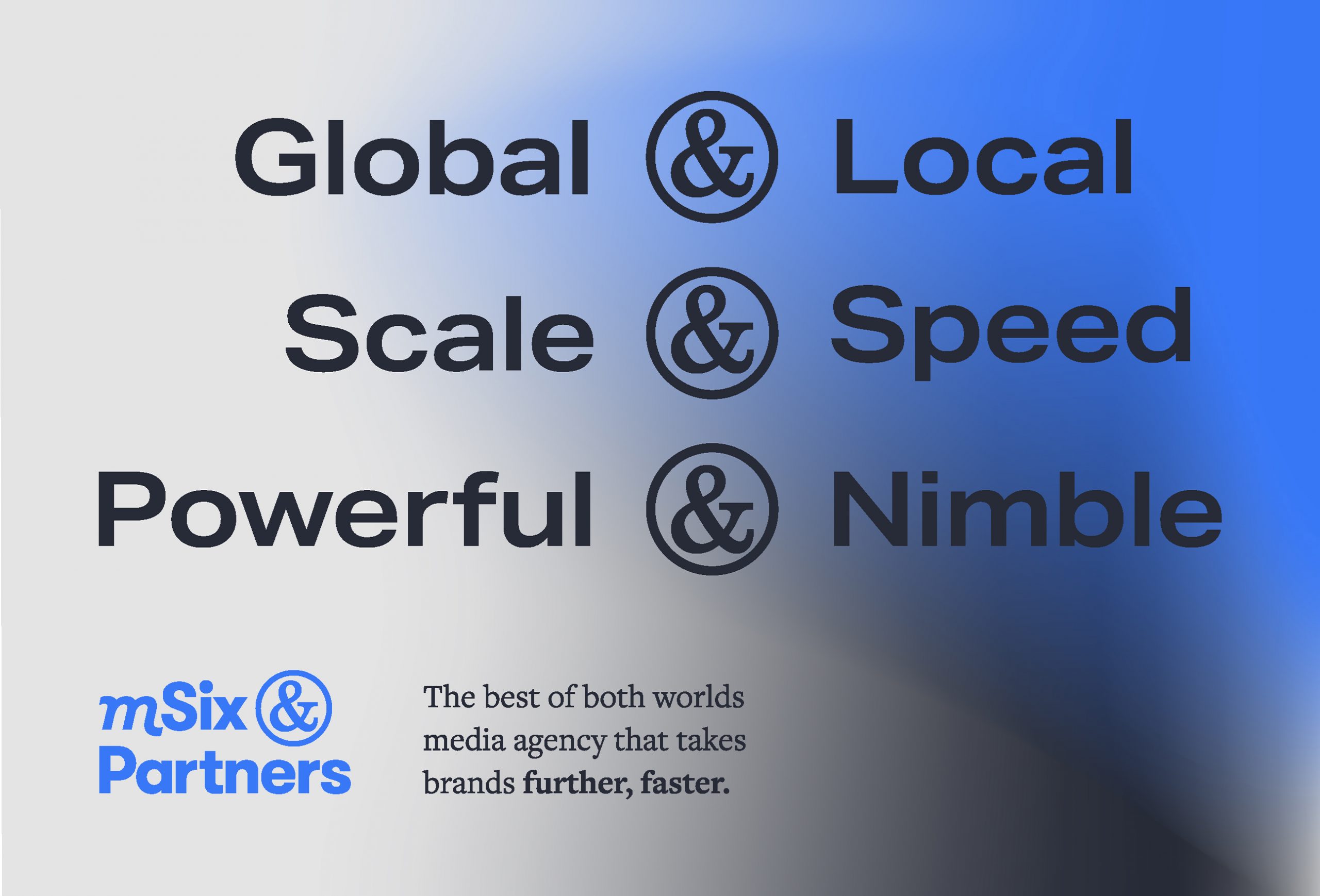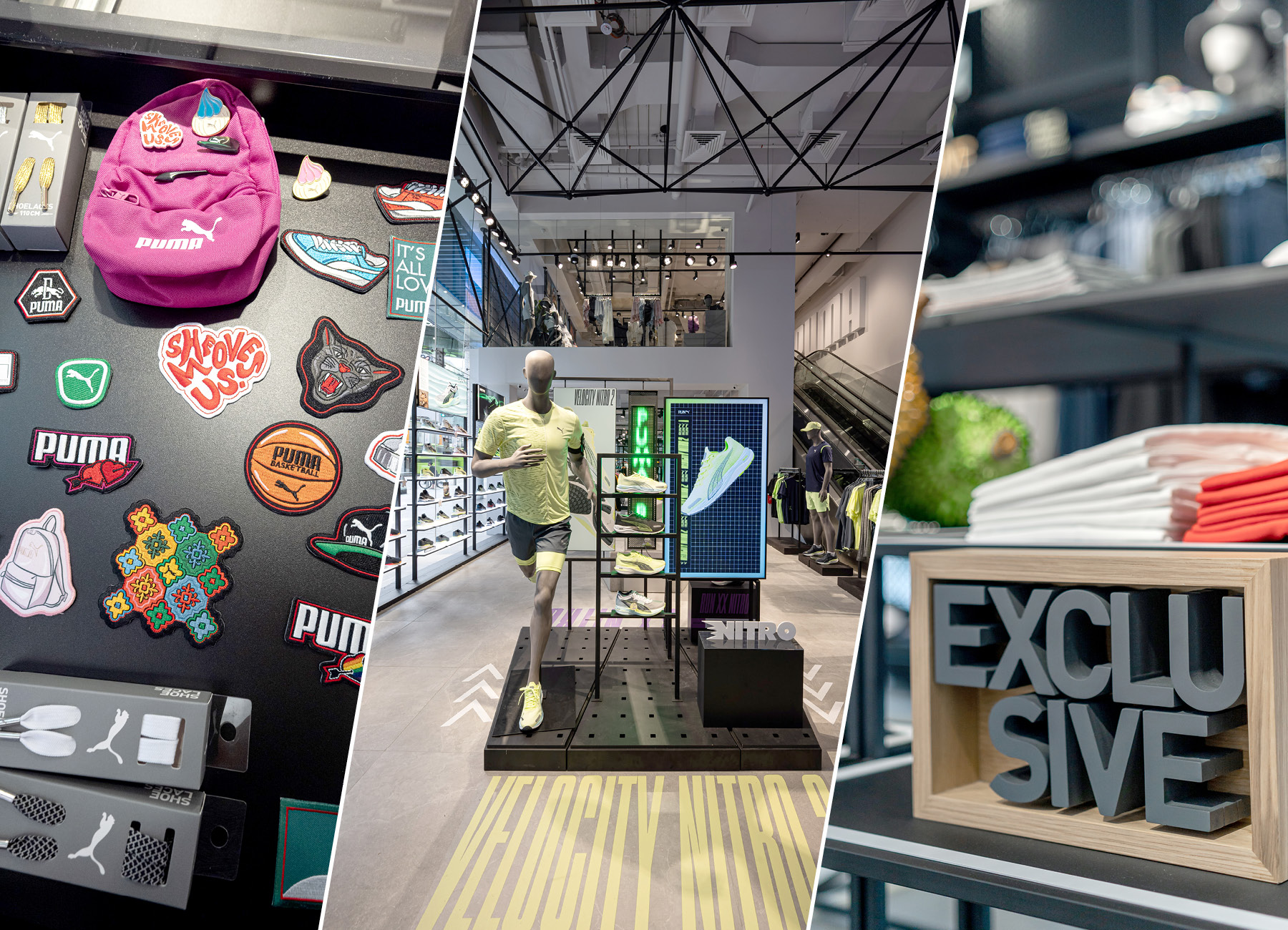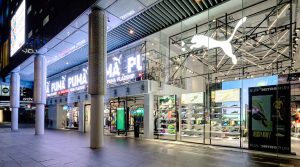Language
You can read the magazine in one of the following languages
When Sanjay Roy started working with PUMA in India 16 years ago, the iconic sportswear brand had barely registered with the public in the country. By the time he left in 2020 to become General Manager of PUMA in South-East Asia, it was sitting at the top of the Indian market.
“We were the last sportswear brand to enter India and our competitors had already been in the region for about 10-odd years,” Sanjay tells The CEO Magazine.
“We went from being the last person or the last brand to come in, to being the top brand and beating everybody else out.”
In his new role, Sanjay is now setting his sights on turning PUMA into the top brand in South-East Asia. He sees vast opportunities across the region, which he considers “extremely under-tapped as a market”.
Part of that potential comes from the appeal of the PUMA brand, which was founded in Germany in 1948 and has become coveted among athletes and fashionistas alike. Sanjay, who helped build PUMA’s stature in India, also sees a business landscape ready to be conquered as competitors behave complacently while PUMA continues acting like a startup.

“We’re competing with the giants, so we have to bring something to the table which is happy, which is passionate, which is joyful, and we are able to connect with the consumers with that.”
“When we look at the size of what our competition is doing, and where we are, we just see the green field that is available for us to work on,” Sanjay says.
“For a population of over 650 million people in South-East Asia, the markets are still mostly untouched in my mind.”
But along with the immense opportunities come immense challenges.
Brand awareness is still scant in some markets, Sanjay says. Tax issues, bureaucracy and red tape can cause delays of up to a year in starting operations, and supply chains can be glitchy.
“This is a market with seven different countries, seven different laws, seven different ethnicities,” he says. “You need to be extremely innovative and creative to tap into each of those markets.”
There’s also a shortage of talent, which makes recruiting difficult.
“Brands in our business have somehow managed to not invest heavily in these countries, apart from Singapore,” he explains. “PUMA has really put a heavy emphasis on talent and team building.”

Sanjay assumed his responsibilities for South-East Asia, based in Singapore, during the depths of the global pandemic. All of his early interactions with the team were conducted via virtual meetings – a process, he says, that felt unsatisfactory.
“These were extraordinary circumstances where we couldn’t share a meal. We couldn’t share a drink. We weren’t able to work together, so getting to know each other became very difficult. And this becomes a kind of transactional relationship, and building from there becomes difficult,” Sanjay says.
Sanjay speaks passionately of the PUMA brand. Similarly, a passion for the brand is a characteristic he looks for in new employees.
“When my team is passionate about the brand and feels connected to me, then I’m able to share my passion with them. We’re competing with the giants, so we have to bring something to the table which is happy, which is passionate, which is joyful, and we are able to connect with the consumers with that.
“For businesses like us, if our employees cannot love the brand, then our consumers will find it difficult to love the brand,” he continues “Everything is not always about being logical. You have to take an irrational level of risk at times, to make a point, to make a difference in this. And that only comes when you believe in the brand and you believe in the strength of the brand.”

“If our employees cannot love the brand, then our consumers will find it difficult to love the brand.”
PUMA’s approach to supplier relationships during the pandemic could almost be described as assuming irrational levels of risk. As competitors cancelled orders, Sanjay says, PUMA kept its contracts in place – wanting to protect the people making its sportswear. PUMA also invested in vaccinations for suppliers’ employees so production could continue.
That investment in supplier relationships paid off post-pandemic. One example, Sanjay cites, is PUMA has had nearly 100 per cent of its containers shipped without incident.
“We want to be friends. We may not be your largest partner, but we want to be the friendliest vendor that is there for you,” Sanjay says.

